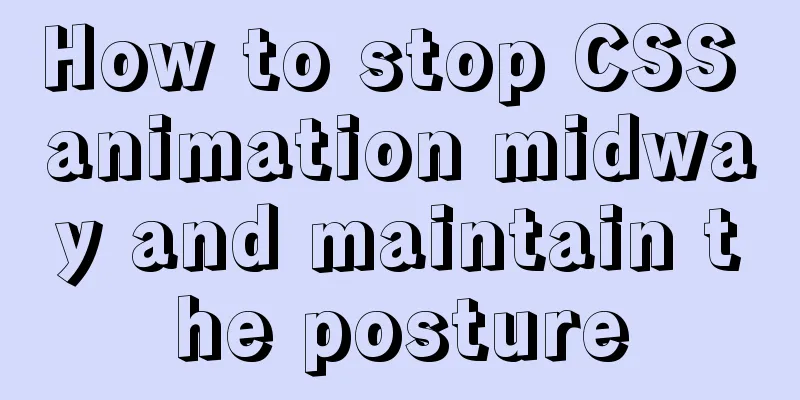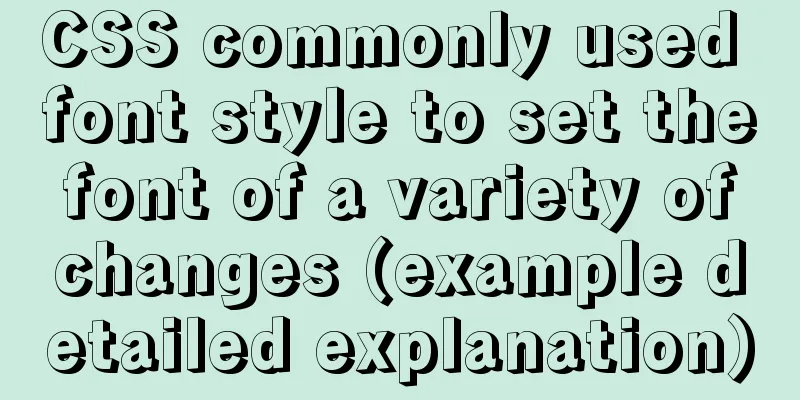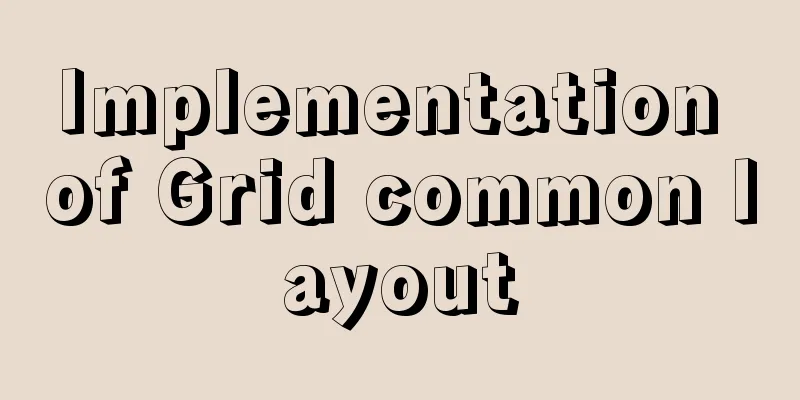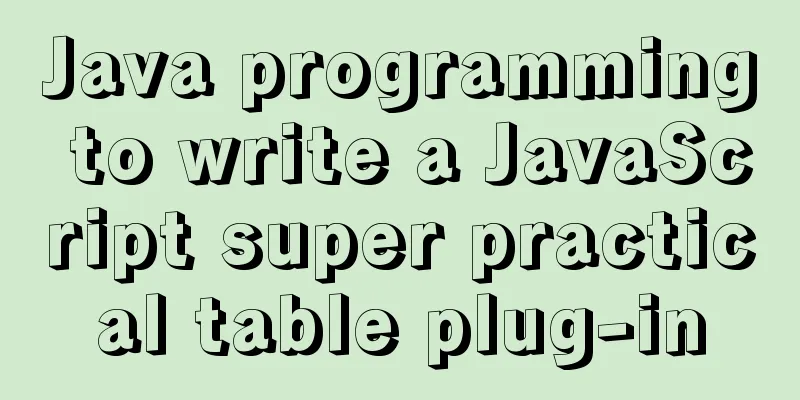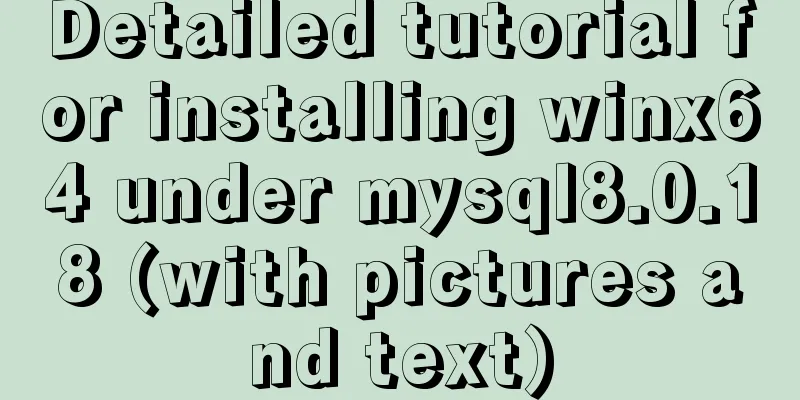A very detailed summary of communication between Vue components
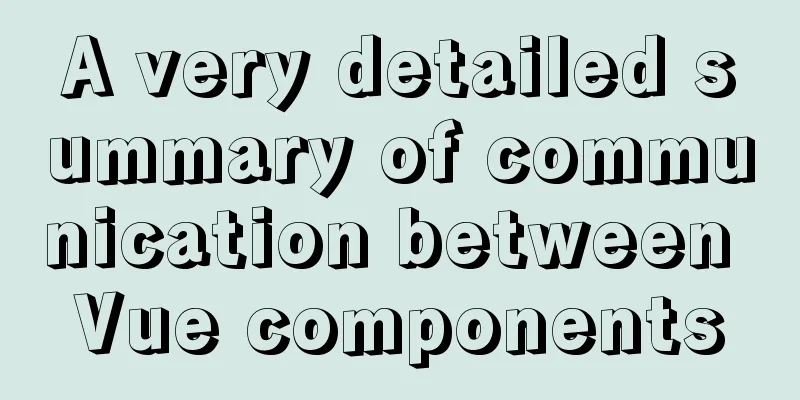
PrefaceComponent communication plays a vital role in our daily development process, especially in Vue and React. This article will summarize several ways of communication between components in Vue:
1. Props, $emit one-way data flow
father.vue:
<template>
<div>
<div>I am a father: <input type="button" value="father" /> The number is: {{num}}</div>
<son :num="num" @change="change"></son>
</div>
</template>
<script>
import son from "./son.vue";
export default {
name: "Father",
components:
son,
},
data() {
return {
num: 1,
};
},
methods:{
change(val){
this.num = val
}
}
};
</script>son.vue:
<template>
<div>I am a son: <input type="button" value="son" @click="change"/>The number is: {{num}}</div>
</template>
<script>
export default {
name: "App",
components: {},
props: {
num: {
default: 0,
},
},
created() {},
methods: {
change(){
// this.num = 2 props communication is a one-way data flow. Directly modifying the num passed by the parent component here will result in an error. // You can use $emit to trigger the change event. The father component binds the change event this.$emit('change', 2)
}
},
};
</script>
For the above scenario: the change event of the child component is just to modify a value in the parent component. There are also several ways to write it: 1. Parent components bind events to child components using arrow functions
father:
<son :num="num" @change="val => num = val"></son>
son:
this.$emit('change', 2)2.update:num and .sync
father:
<son :num.sync="num"></son>
son:
this.$emit('update:num', 2) //update is a prescribed way of writing and cannot be changed3.v-model First modify the props and bound events:
father: <son :value="num" @input="val => num = val"></son> son: this.$emit('input', 2)
Available v-model abbreviation: <son v-model="num"></son>2. $parent, $children$parent and $children can directly call their respective methods and modify data in parent and child components Directly in the child component: this.$parent.num = 2 In the parent component, $children is an array, so it is not very intuitive which child component it is. You can use $refs to operate the child component. Vue officially does not recommend this method of communication: use 3. $attrs, $listeners$attrs can get the attributes passed from the parent component:
<div>I am a son: <input type="button" value="son" @click="change"/>The number is: {{$attrs}}</div>
dom node:
$attrs will directly put the passed attributes on the corresponding tags, while props will not. If you want to remove these attributes from the tag, you can use inheritAttrs:
It is worth noting that props has a higher priority than $attrs, that is, when props exists, $attrs is an empty object:
$attrs is often used to pass attributes across multiple levels of components, such as grandparent components, using the parent component as a transit: father: <son v-bind="$attrs"></son> $attrs is used for cross-level attribute transfer, while $listeners is used for cross-level method transfer. grandFather.vue:
<template>
<div>
<div>I am a grandfather: The number is: {{nums}}</div>
<father :nums="nums" @up="up" @down="down"></father>
</div>
</template>
<script>
import father from "./father.vue";
export default {
name: "App",
components:
father,
},
data(){
return {
nums:0
}
},
methods: {
up() {
alert('up')
}, down() { alert('down') },
},
};
</script>father.vue: <son v-bind="$attrs" v-on="$listeners"></son> son.vue: <div>I am a son: <input type="button" value="son" @click="$listeners.up"/></div>
4. provide, injectThis pair of options should be used together to allow an ancestor component to inject a dependency into all its descendants, no matter how deep the component hierarchy is, and always take effect as long as the upstream and downstream relationships are established. The provide option should be an object or a function that returns an object. The inject option should be an array of strings or an object. App:
...
export default {
provide(){
return {vm: this}
},
...son:
...
export default {
inject: ['vm'], data(){}, mounted(){ console.log(this.vm) }
...
Note: provide and inject bindings are not reactive. This was intentional. However, if you pass in a listenable object, then the properties of that object will still be listenable. The value injected by inject will be searched upward along the component, following the "proximity principle". The data flow in provide and inject is bidirectional. 5. eventBusEventBus publishes and subscribes to global events for use by other components. In main.js: Vue.prototype.$bus = new Vue(); parent.vue:
<template>
<div>
<son1></son1>
<son2></son2>
</div>
</template>
<script>
import son1 from './son1.vue'
import son2 from './son2.vue'
export default {
name: 'parent',
components:
son1,
son2
},
created(){
this.$bus.$on('busEvent',(v)=>{
console.log(v);
})
},
beforeDestroy(){
this.$bus.off('busEvent')
}
}
</script>mounted in son1 and son2:
son1:mounted(){
this.$bus.$emit('busEvent','son1哈哈')
}son2:mounted(){ this.$bus.$emit('busEvent', 'son2嘻嘻')}Print results:
There are three points to note when using eventBus: 1. $bus.on should be used in the create hook. If it is used in mounted, it may not receive events sent by other components from the create hook; 2.$bus.emit should be used in mounted, waiting for the $bus.on event binding in create to complete; 3. The published subscribed events need to be released using $bus.off in the beforeDestory hook. There is no need to keep listening after the component is destroyed. 6. vuexWith the help of vuex's state management to achieve component communication, vuex is suitable for more complex projects, frequent data sharing and large amounts of data. store/index.js:
import Vue from 'vue'
import Vuex from 'vuex'
Vue.use(Vuex)
const store = new Vuex.Store({
state: {
isLogin: false
},
mutations:
loginState (state, isLogin) {
state.isLogin = isLogin
}
}
})
export default storeApp.vue:
created(){
this.$store.commit('loginState',true)//Set login status to true
},son.vue:
<template>
<div>I am a son: <input type="button" value="son" />Login status: {{isLogin}}</div>
</template>
<script>
import {mapState} from 'vuex';
export default {
name: "son",
computed:{
...mapState(['isLogin'])
}
};
</script>
7. localstoragelocalstorage is the local storage of the browser, which will be stored in the browser for a long time. It is not recommended to use this method for very large amounts of data. App.vue
created(){
localStorage.setItem('isLogin', true)
},son.vue:
computed:{
isLogin(){
return localStorage.getItem('isLogin')
}
}These are basically the common component communication methods. If there are any omissions or deficiencies, please leave a message in the comment area! SummarizeThis is the end of this article about communication between vue components. For more relevant content about communication between vue components, please search previous articles on 123WORDPRESS.COM or continue to browse the following related articles. I hope you will support 123WORDPRESS.COM in the future! You may also be interested in:
|
<<: Detailed explanation of commands to view linux files
>>: How to allow external network access to mysql and modify mysql account password
Recommend
jQuery implements accordion small case
This article shares the specific code of jQuery t...
The correct way to use MySQL indexes and detailed explanation of index principles
1. Introduction Why do we need indexes? In genera...
Use momentJs to make a countdown component (example code)
Today I'd like to introduce a countdown made ...
Mini Program to Implement the Complete Shopping Cart
The mini program implements a complete shopping c...
Vue implements multi-tab component
To see the effect directly, a right-click menu ha...
Detailed explanation of referential integrity in SQL (one-to-one, one-to-many, many-to-many)
1. Referential Integrity Referential integrity re...
The docker container directly runs to obtain the public IP operation through ping
Get the local public IP address through the conta...
Javascript tree menu (11 items)
1. dhtmlxTree dHTMLxTree is a feature-rich Tree M...
Methods and steps for deploying GitLab environment based on Docker
Note: It is recommended that the virtual machine ...
Nginx 502 Bad Gateway Error Causes and Solutions
I have encountered the Nginx 502 Bad Gateway erro...
Solve the problem of using less in Vue
1. Install less dependency: npm install less less...
How to set password for mysql version 5.6 on mac
MySQL can be set when it is installed, but it see...
CSS3 click button circular progress tick effect implementation code
Table of contents 8. CSS3 click button circular p...
MySQL database basic syntax and operation
MySQL database basic syntax DDL Operations Create...
Various types of MySQL indexes
What is an index? An index is a data structure th...










